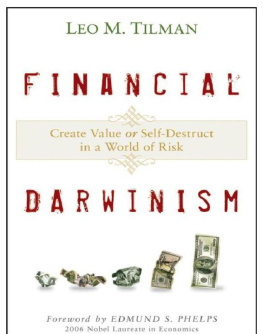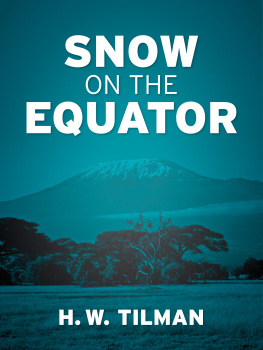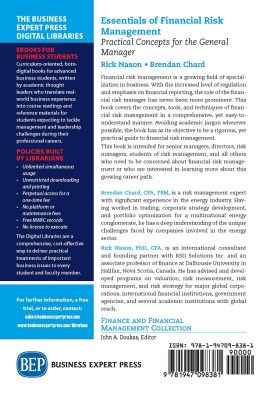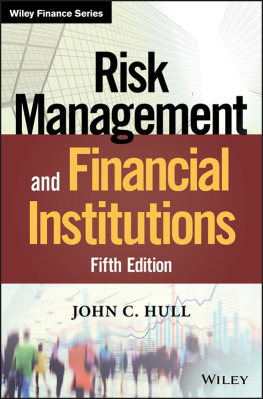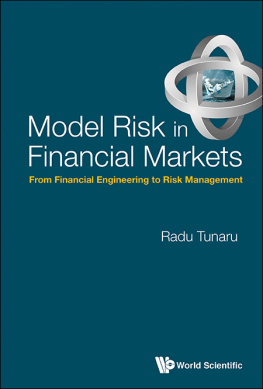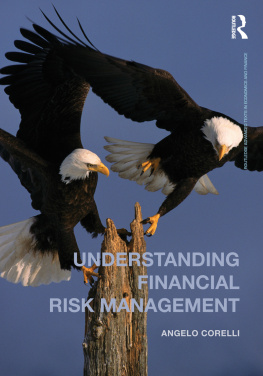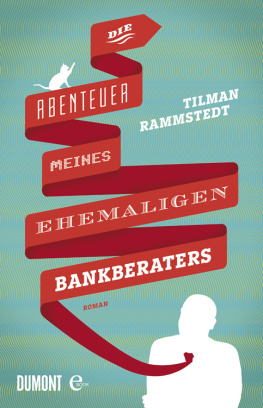Acknowledgments
I have been immensely fortunate to benefit from the ideas, advice, and generosity of so many colleagues, clients, and friends. Without their insights, encouragement, and occasional visceral disagreements, writing something as broad-based as this book would not have been possible.
I am greatly indebted to Wade Barnett, Jamie Stewart, Simon Adamiyatt, and James Wilk for their friendship, support, intellectual partnership, and numerous contributions to this work.
This book would have undoubtedly been far more incoherent and incomplete without my developmental editor, Herb Addison. It was Herbs pointed inquiries and ideas that led to many examples and explanations in the book. It was also he who greatly improved the flow and helped make the book suitable for a wide readership with diverse backgrounds.
I owe special thanks to Daniel Spina and Bennett Golub for their friendship and collaboration during my tenures at Bear Stearns and BlackRock, respectively. Dans vision, creativity, and support were integral in creating within Bear Stearns the role of Chief Institutional Strategist that unified corporate finance, investment, balance sheet management, risk management, and other forms of strategic advice across the firms institutional clients. Bens uniquely broad expertise in economics and finance greatly influenced my belief about risk management being a cornerstone of investment and corporate finance decisions, and his extensive review and comments on the manuscript benefited this book a great deal.
I would like to express my sincere appreciation to the following colleagues who spent countless hours carefully reviewing the manuscript and offering invaluable feedback and suggestions: Christian Gilles, Francesco Ceccato, Darrell Duffie, Rockwell Stensrud, Emanuel Derman, Shaun Wang, Bob Engel, Ian Jaffe, Alexandra Sheller, Roger Kline, Michael Patterson, David Moss, Martha Goss, Kevin Hennessey, William Long, Nawal Roy, Alex Pollock, Steven Strauss, Scott McCoy, and Marc Barrachin. I am very grateful to the following colleagues and clients whose input and ideas have affected my thinking in many ways: Mark Abbott, Steve Begleiter, Keb Byers, Michael Buttner, Eugene Cohler, Conrad DeQuadros, Paul Dimmick, Anthony Faillace, James Hagan, Thomas Ho, Christopher Koppenheffer, Steve Kugelmass, Sang Bin Lee, Jerome Lienhard, Steven Luttrell, Thomas Marano, Jeffery Mayer, Mary Miller, Edward Minskoff, Michael Mutti, Peter Niculescu, Craig Overlander, Leslie Rahl, Robert Rose, John Ryding, Craig Sedmak, Richard Shea, Warren Spector, Makoto Takashima, and Doug Williams. I am very thankful to William Long for his editorial and research contributions, to Renu Aldridge and Elisa Marks for their help with media relations, to Leonor Cantos for her administrative help, and to Kyle Finnerty and Michael Ben-Zvi for their research assistance.
Many aspects of this book have been greatly enhanced in the course of my collaboration with the executive leadership and colleagues from the World Economic Forum, particularly Professor Klaus Schwab, Kevin Steinberg, Gian Carlo Bruno, Paul Smyke, David Aikman, and Martina Gmr.
I am very grateful to Pamela van Giessen, Kate Wood, Kevin Holm, and the entire Wiley team for their enthusiasm and support of this project; and to Dr. Mark Goulston, Lally Weymouth, Keith Ferrazzi, Joshua Ramo, Polly LaBarre, and Josh Waitzkin for helping shape the vision for this book and its audience.
Last but most certainly not least, my utmost love and gratitude go to my wife, Alisa, and son, Owenwho make it all worthwhile.
APPENDIX A
The Risk-Based Economic Performance Equation
The process of economic value creation during the static old regime was described in Chapter 2 via the following economic performance equation:
where
RA and
RL are total economic returns on assets and liabilities;
F and
E are fees and expenses; and
CC is the cost of the firms capitalall presented in consistent terms (percent of assets). Let us now rewrite this equation in self-explanatory dollar terms:
or equivalently:
where
rA,
r L , and
rC are
rates of return on assets, liabilities, and capital, respectively,
A and
L are market values of assets and liabilities, respectively, and
C is the shareholders equity equal to the difference between assets and liabilities.
Let us express rates of returns corresponding to assets and liabilities via the following market-model-type decompositions that use factors from Arbitrage Pricing Theory:
In the previous equations, r f is a risk-free rate, as are expected market-neutral excess returns, bs are factor loadings corresponding to systematic risk factors, (rF;irf ) are risk premia associated with systematic risk factors, and s are random errors that are uncorrelated with other terms.
In a deliberately less-detailed fashion, let us separate the rate of return (rC ) corresponding to the cost of capital into the risk-free rate (rf) and excess return (rC;EX) components as follows:

Of course, we could have further decomposed the cost of capital into systematic and idiosyncratic risks in the previous formula, similar to what we have done with assets and liabilities. However, since the sole purpose of this decomposition is to illustrate that risk-free rates cancel out of the economic performance equation, a simpler expression sufficed. My choice was also designed to draw attention to the current practices, where the tasks of managing systematic risks vis--vis optimizing the weighted average cost of the capital structure are often separated and performed by different departments within financial institutions. Needless to say, capital structure optimizations may and often do affect the enterprise-wide systematic risk exposures. Hence, risk management and capital management must go hand-in-hand, which is the setting where a fuller decomposition of the rate of return on capital may become useful.
In order to glimpse into the updated economic performance equation, let us write the market-based (unrelated to fees and expenses) portion of economic performance as follows:
Applying these new representations of assets, liabilities, and the cost of capital to the economic performance equation, yields:

